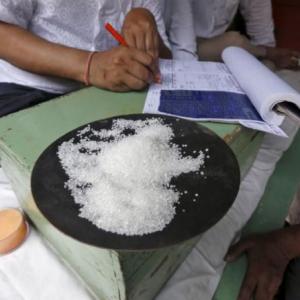
During his 2016 visit, India’s Prime Minister Narendra Modi wrote in the museum’s guestbook, “An event at Pietermaritzburg altered the course of India's history”. As award-winning Indian author Arundhati Roy told The Washington Post in 2015, the book “is a serious challenge to the way we have been taught to think about Gandhi”.ĭespite this, Pietermaritzburg station remains a pilgrimage site for Indians who view Gandhi’s time in South Africa as a turning point for Indians, both at home and abroad. According to Ashwin Desai and Goolam Vahed, authors of The South African Gandhi: Stretcher-Bearer of Empire, Gandhi propagated the belief that black South Africans should not be afforded the same rights as white South Africans and Indians. Recently, however, a different picture of Gandhi has emerged in Africa, where he is sometimes remembered not for his fight against racial discrimination, but for his persistent racist opinions towards black Africans. “They inspire us today in our efforts of reconciliation and nation-building.” “The values of tolerance, mutual respect and unity for which he stood and acted had a profound influence on our liberation movement, and on my own thinking,” Mandela said as he accepted the honour of the Freedom of Pietermaritzburg, which was also posthumously bestowed on Gandhi. Gandhi’s displays of passive resistance significantly influenced the path Martin Luther King Jr and Nelson Mandela. As a result, the Indian Relief Act was passed in 1914, eliminating an extra tax on Indian citizens who had not renewed their indentures and recognising the validity of Indian marriages.Īfter his return to India in 1914, Gandhi employed satyagraha to protest Britain’s mandatory military draft of Indians during World War One and again after World War Two to negotiate India’s independence from Britain, which was officiated in 1947. Although his resistance led him to be imprisoned on four separate occasions, Gandhi was ultimately successful in negotiating with the white-minority government.
#Ganhi sugar story registration
In 1907, when the Transvaal government passed the Asiatic Law Amendment Act, an ordinance requiring the registration of its Indian population, Gandhi organised his countrymen in non-violent protests. Meaning ‘holding on to truth’, satyagraha employs non-violent tactics to win over an opponent’s mind and create a new harmony between both sides of a conflict. Out of this emerged the concept of satyagraha.

He believed that by staying in South Africa, he could observe the real nature of racial oppression and effectively combat it. But even after serving their indenture, Indians were not fully integrated into society: regulations implemented by the white-minority government subjected new Indian citizens to extra taxation.Īfter arriving in South Africa, Gandhi was quickly exposed to racial discrimination: just days before boarding the train to Pretoria, he had excused himself from a Durban courtroom after the judge demanded that Gandhi remove his turban.Īfter the Pietermaritzburg incident, Gandhi refused to submit to bigotry, choosing instead to peacefully oppose discriminatory policies, organising strikes and marches to counter biased voting regulations and intolerable working conditions. In an 1860 agreement with the government of India, the Transvaal government promised to help settle Indian immigrants in exchange for indentured labour in the region’s sugar fields. Transvaal’s Indian population had been growing for several decades before Gandhi had arrived. Gandhi had relocated to South Africa from Bombay in 1893 after accepting a year-long contract position with an Indian business firm based in Natal in the north-eastern Transvaal region, which had been settled by Boers (descendants of 17th-Century Dutch and Huguenots colonists) after Britain established the Cape Colony further south. The Indian dish you can’t find in India.


 0 kommentar(er)
0 kommentar(er)
